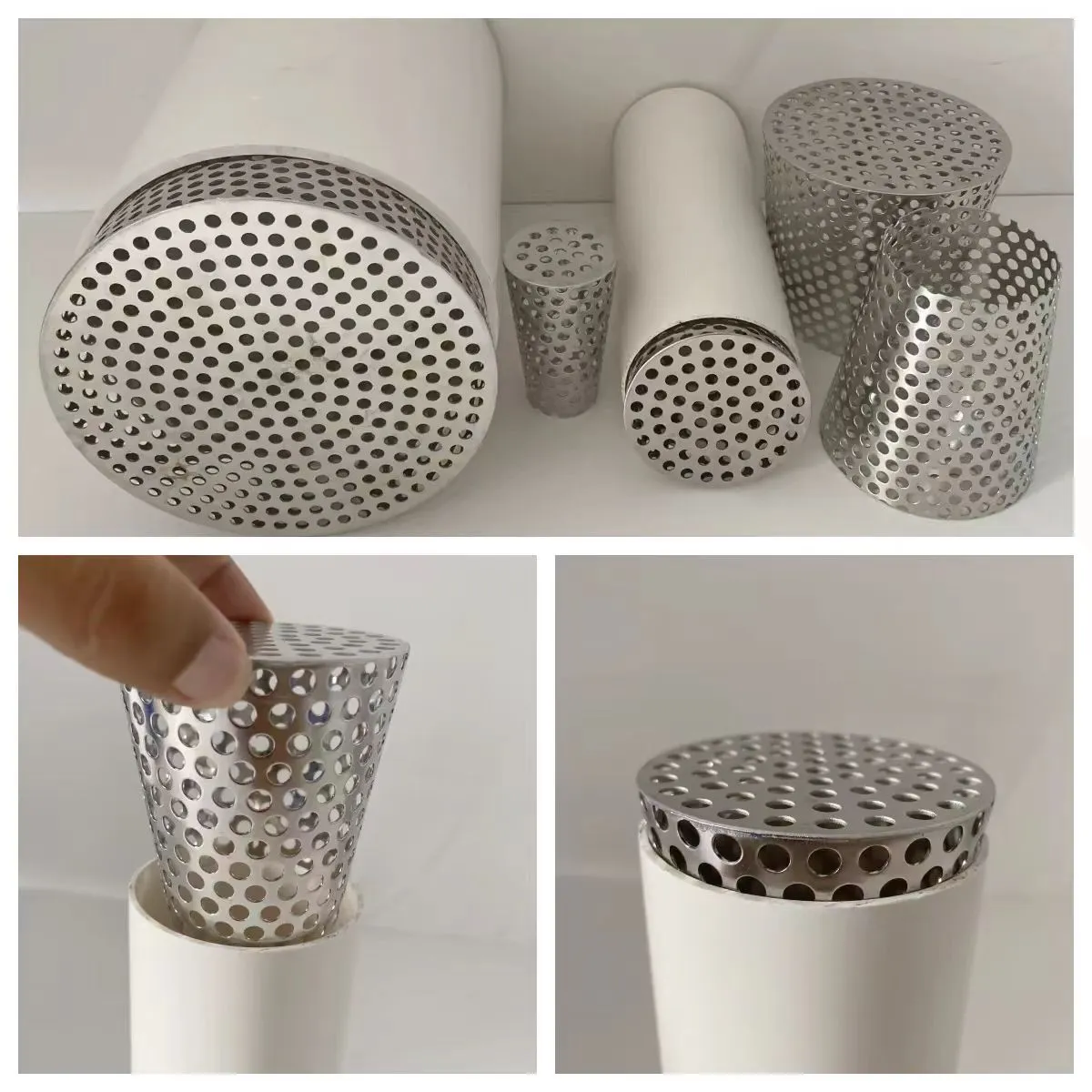-
 Afrikaans
Afrikaans -
 Albanian
Albanian -
 Amharic
Amharic -
 Arabic
Arabic -
 Armenian
Armenian -
 Azerbaijani
Azerbaijani -
 Basque
Basque -
 Belarusian
Belarusian -
 Bengali
Bengali -
 Bosnian
Bosnian -
 Bulgarian
Bulgarian -
 Catalan
Catalan -
 Cebuano
Cebuano -
 China
China -
 Corsican
Corsican -
 Croatian
Croatian -
 Czech
Czech -
 Danish
Danish -
 Dutch
Dutch -
 English
English -
 Esperanto
Esperanto -
 Estonian
Estonian -
 Finnish
Finnish -
 French
French -
 Frisian
Frisian -
 Galician
Galician -
 Georgian
Georgian -
 German
German -
 Greek
Greek -
 Gujarati
Gujarati -
 Haitian Creole
Haitian Creole -
 hausa
hausa -
 hawaiian
hawaiian -
 Hebrew
Hebrew -
 Hindi
Hindi -
 Miao
Miao -
 Hungarian
Hungarian -
 Icelandic
Icelandic -
 igbo
igbo -
 Indonesian
Indonesian -
 irish
irish -
 Italian
Italian -
 Japanese
Japanese -
 Javanese
Javanese -
 Kannada
Kannada -
 kazakh
kazakh -
 Khmer
Khmer -
 Rwandese
Rwandese -
 Korean
Korean -
 Kurdish
Kurdish -
 Kyrgyz
Kyrgyz -
 Lao
Lao -
 Latin
Latin -
 Latvian
Latvian -
 Lithuanian
Lithuanian -
 Luxembourgish
Luxembourgish -
 Macedonian
Macedonian -
 Malgashi
Malgashi -
 Malay
Malay -
 Malayalam
Malayalam -
 Maltese
Maltese -
 Maori
Maori -
 Marathi
Marathi -
 Mongolian
Mongolian -
 Myanmar
Myanmar -
 Nepali
Nepali -
 Norwegian
Norwegian -
 Norwegian
Norwegian -
 Occitan
Occitan -
 Pashto
Pashto -
 Persian
Persian -
 Polish
Polish -
 Portuguese
Portuguese -
 Punjabi
Punjabi -
 Romanian
Romanian -
 Russian
Russian -
 Samoan
Samoan -
 Scottish Gaelic
Scottish Gaelic -
 Serbian
Serbian -
 Sesotho
Sesotho -
 Shona
Shona -
 Sindhi
Sindhi -
 Sinhala
Sinhala -
 Slovak
Slovak -
 Slovenian
Slovenian -
 Somali
Somali -
 Spanish
Spanish -
 Sundanese
Sundanese -
 Swahili
Swahili -
 Swedish
Swedish -
 Tagalog
Tagalog -
 Tajik
Tajik -
 Tamil
Tamil -
 Tatar
Tatar -
 Telugu
Telugu -
 Thai
Thai -
 Turkish
Turkish -
 Turkmen
Turkmen -
 Ukrainian
Ukrainian -
 Urdu
Urdu -
 Uighur
Uighur -
 Uzbek
Uzbek -
 Vietnamese
Vietnamese -
 Welsh
Welsh -
 Bantu
Bantu -
 Yiddish
Yiddish -
 Yoruba
Yoruba -
 Zulu
Zulu
agricultural mesh
The Importance of Agricultural Mesh in Modern Farming
In the ever-evolving world of agriculture, innovative solutions are crucial for enhancing crop yield and ensuring sustainable farming practices. One such solution that has gained significant attention in recent years is agricultural mesh. This versatile tool serves multiple purposes and has become an integral part of modern farming techniques.
Agricultural mesh, often made from high-density polyethylene or nylon, is a lightweight yet durable fabric that can be used for various applications in the agricultural sector. One of its primary uses is in crop protection. Farmers use agricultural mesh to create physical barriers that shield crops from adverse environmental conditions, pests, and birds, which can plunder valuable harvests. By covering plants with mesh, farmers can significantly reduce the need for chemical pest control, leading to healthier produce and a reduced environmental impact.
Another significant advantage of agricultural mesh is its role in enhancing microclimates. It helps regulate temperature and humidity around plants, creating optimal growing conditions. For instance, in regions where the sun’s intensity can be detrimental to younger plants, agricultural mesh provides essential shade, thereby protecting seedlings and promoting their development. Conversely, in cooler climates, it can help retain heat, ensuring that crops reach maturity faster.
Moreover, agricultural mesh is invaluable in controlling wind and promoting pollination. Strong winds can physically damage plants and disrupt the natural pollination process. By strategically placing mesh around vulnerable crops, farmers can mitigate these risks. Additionally, certain types of mesh are designed to allow sunlight and rain to pass through while keeping pests at bay, facilitating the growth process without hindrance.
agricultural mesh

Another significant application of agricultural mesh is in seed germination and plant propagation. Mesh bags are often employed to incubate seeds, as they provide the ventilation necessary for healthy growth while protecting them from various threats. Similarly, mesh can be used to create nurseries for young plants, where they can thrive in a controlled environment before being transferred to open fields.
Beyond crop-based applications, agricultural mesh is also vital in livestock farming. Farmers utilize mesh fencing to secure and protect their animals while allowing ventilation and visibility. This not only ensures the safety of livestock from predators but also creates a more humane living environment for them. Additionally, mesh can be used in greenhouses, allowing for effective air circulation while providing protection against pests.
The adoption of agricultural mesh is also a step towards achieving sustainability in farming. As concerns about the environmental impact of conventional agriculture grow, farmers are increasingly turning to non-chemical solutions to enhance productivity. Agricultural mesh not only reduces the need for pesticides but also optimizes the growing conditions without excessive resource use. This sustainable approach not only benefits farmers economically but also contributes to the broader goal of protecting biodiversity and natural ecosystems.
In conclusion, agricultural mesh represents a significant advancement in agricultural technology. Its versatility in protecting crops, enhancing growing conditions, securing livestock, and promoting sustainable practices makes it an essential tool for modern farmers. As the agriculture industry continues to confront the challenges posed by climate change, population growth, and resource scarcity, innovative solutions like agricultural mesh will be crucial in fostering resilience and ensuring food security for future generations. Embracing such advancements is imperative for farmers looking to succeed in an increasingly competitive and sustainable world.
-
Shipping Plastic Bags for Every NeedNewsJul.24,2025
-
Safety Netting: Your Shield in ConstructionNewsJul.24,2025
-
Plastic Mesh Netting for Everyday UseNewsJul.24,2025
-
Nylon Netting for Every UseNewsJul.24,2025
-
Mesh Breeder Box for Fish TanksNewsJul.24,2025
-
Expanded Steel Mesh Offers Durable VersatilityNewsJul.24,2025











